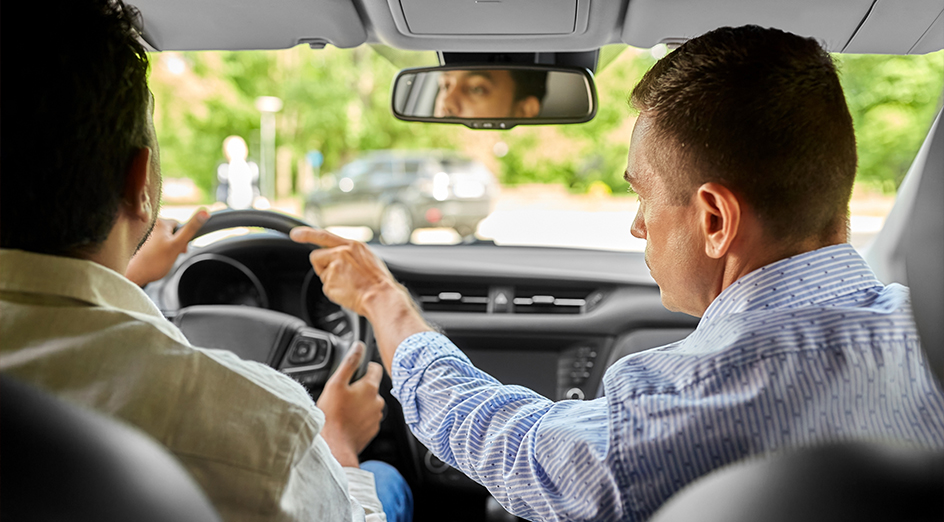A study has found young people who learned to drive with a supervising adult who had a history of motoring offences were more likely to suffer crash injuries after they obtained their licence.
“Parents and policymakers need to be aware of the link between a history of offences and crashes and promote positive road safety mentors as supervisory drivers.
Professor Teresa Senserrick, Director of UWA’s Centre for Road Safety Research.
The heightened road risk was revealed in the latest follow-up of the DRIVE study, which surveyed more than 20,000 newly licensed young drivers in NSW.
The research found that those in the cohort who learned to drive with a supervisor reported to have had multiple motoring offences went on to have a higher rate of crashes, resulting in injury over their first five years’ driving.
Professor Teresa Senserrick, Director of UWA’s Centre for Road Safety Research, said the data highlighted the need for more supports for parents and supervisory drivers and for at-risk youth across Australia to engage in learner driver mentoring programs.
“Parents and policymakers need to be aware of the link between a history of offences and crashes and promote positive road safety mentors as supervisory drivers,” Professor Senserrick said.
“Optimising supervision for young people learning to drive could have a significant impact on safety and needs to be investigated further.”

While only two per cent of people surveyed understood their main supervisor to have two or more traffic offences, that group experienced increased crash rates compared to those whose supervisor had no offences.
The at-risk group was also reported to mostly have had a supervisory driver who was someone other than a parent.
“It’s been demonstrated that young driver errors are responsible for the vast majority of their crashes,” Professor Senserrick said.
“This is still a teaching role, and we need better resources for informal supervisors, including optional training or a way of providing feedback. We need to do better in teaching our youth, not only how to drive, but how to drive safely.”
The full report can be found here in the Journal of Adolescent Health.







